The backbone of any spring garden are flowering shrubs. Choose well and you can have floral drama and scent each spring as well as year round greenery and dramatic structure. Here are my favourites flowering away this week.
Camellias
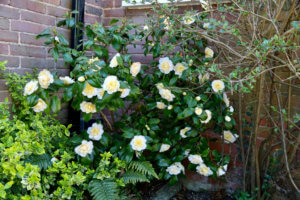
Camellia x williamsii ‘Jury’s Yellow’
Camellias are fantastic spring flowering shrubs. They will provide you with showy blooms in spring and then glossy evergreen foliage all year round. This makes them excellent choices for small gardens as they really earn their keep. They will also grow in full shade, making them great choices for tricky spaces. The creamy featured bush pictured above is growing is a dark north facing corner of my house where it sees not a single shaft of sunshine, no matter the time of year. Yet just look – it’s flowering away as happily as a rose bush in sunny June.
Late frosts can damage the flowers and turn them a nasty brown. Many of mine have survived the cold nights of spring 2021 better than expected, mainly those growing in very sheltered spots. Established wisdom is that you should avoid planting them on an east facing site as frosted buds are more likely to be damaged by glorious spring sunshine.
Not everyone can grow Camellias in their garden soil. They prefer acidic soil conditions and will not like chalky soils. My soil is neutral though and they’re doing just fine. Here are four close ups of some of the camellias I grow at home. There are so many exquisite varieties. If you’re in the market for one, it’s worth visiting the website of Burncoose Nursery in Cornwall. Their printed plant brochure arrives each year by post at my house and contains dreamy close-ups of the many beautiful varieties they propagate and sell.
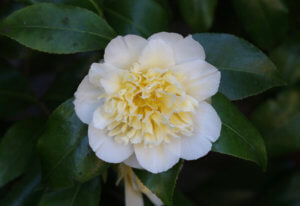
Camellia x williamsii ‘Jury’s Yellow’
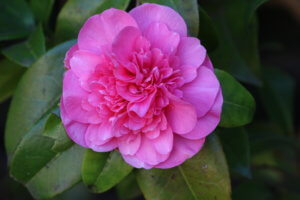
Camellia x williamsii ‘Debbie’
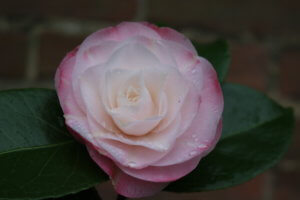
Camellia japonica ‘Desire’
Chaenomeles japonica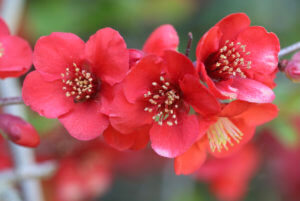
To my mind, no spring flowering shrub epitomises the orient more than Chaenomeles japonica. Known by the common name – ornamental quince – the flowers are plum blossom shaped and have long long yellow filaments. This shrub has the great advantage that it is easy to shape into a hedge. Both my quinces sit below bay windows at my house. Unlike the other spring flowering shrubs featured here, this one is deciduous. However, the dense network of dark brown branches is a dramatic feature in winter, especially when dotted with the tight flower buds reminiscent of miniature brussels sprouts. They are pretty thorny too so possible doubly as an intruder deterrent.
Flowering quinces can be found in a fairly narrow colour range from creamy pink, through dusky pink and coral to bright red. Yellow fruit can form in autumn.
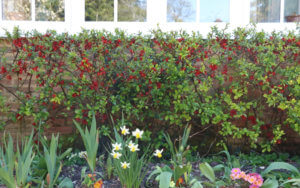
Chaenomeles japonica ‘Sargentii’ – pruned as a loose hedge
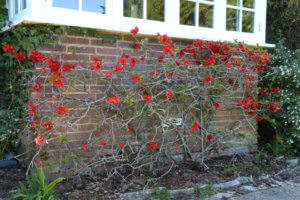
Chaenomeles japonica – unknown variety with large coral red flowers.
Osmanthus burkwoodii
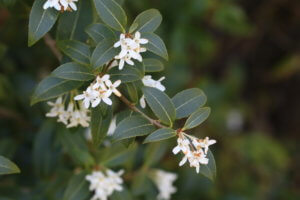
Osmanthus burkwoodii
If you wander by an Osmanthus the first thing you will notice is a sweet smell that will stop you in your tracks. It’s probably only then that you’ll start admiring the small white flowers, covering the shrub in a complex constellation of starry white flowers. The leaves are evergreen and small but greatly enhanced by the pale central vein which adds a contrast that stops just short of vulgar variegation. Very similar in appearance is Osmanthus delayvii, which has spiky leaves, rather like miniature, flat holly leaves. These shrubs have a good upright habit, will grow in sun or shade and will brighten and scent a garden corner each spring.
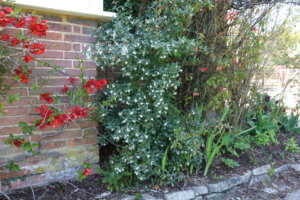
Osmanthus burkwoodii
Daphne odorata Eternal Fragrance
Another scented beauty – this one appealing to anyone attracted to sugary pink flowers. I like the way the the flowers are clustered in the centre of a nest of leaves. Mine is a young plant but you can see that, unaided by me, it is forming an attractive shape and, being evergreen, deserves a place in garden borders.
Viburnum burkwoodii

Viburnum burkwoodii
This is the shrub I recommend most often to friends. It’s evergreen – tick. It’s a strong grower – tick. It grows in just about any soil and can take full shade or sun, and anything in between – tick tick tick. Best of all, the fragrance from the ball shaped clusters of pinky white flowers is entrancing.
It can grow pretty big – which is useful to me as it’s concealing an ugly corner of the house and an even uglier electricity meter housing. It does respond well to pruning, although as it flowers on the previous year’s growth, hard pruning will reduce flowering for the next season.
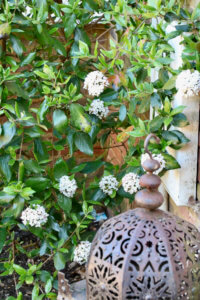
Viburnum burkwoodii
Berberis darwinii
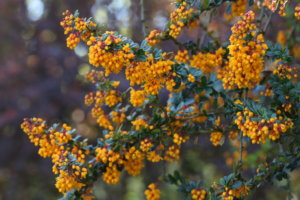
Berberis darwinii
Now for a bit of fire amidst the tasteful pinks and whites of this spring flowering collection. Like the bright yellow Forsythia, the in your face tones of this shrub can divide opinion. It’s precisely because of the brightness of its tangerine orange flowers that I love Berberis darwinii so much. It adds to a garden in sunny spring or dull – the flowers look splendid against a clear blue sky but will brighten your garden immeasurably on a gloomy day. So much so that my nickname for this is “The Burning Bush”. Evergreen, with rather spiky miniature leaves, this bush can be a bit unruly but the arching stems can be a lovely addition to a larger garden, or the corner of a smaller one.
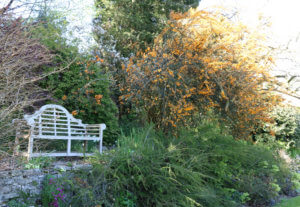
Berberis darwinii
This seasonal diary is part of a weekly link-up of garden bloggers from around the world, called Six on Saturday. For more information and links to other blogs crammed with gardening activity, check the blog of host The Propagator.
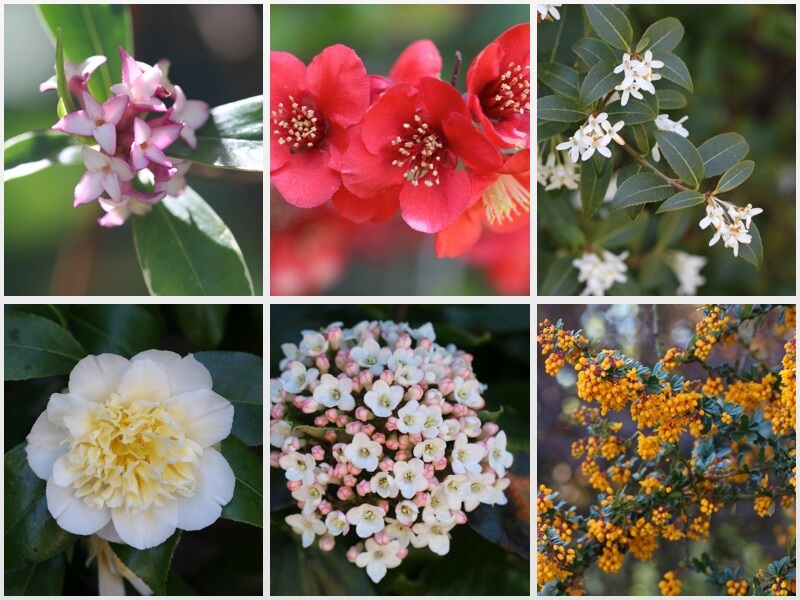
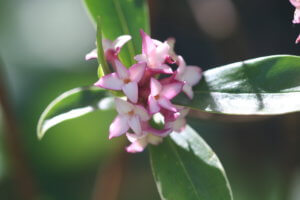
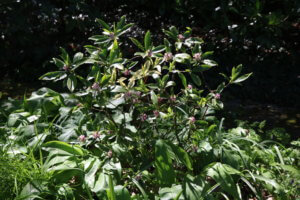

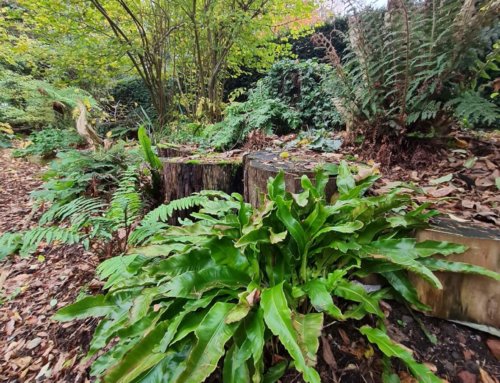
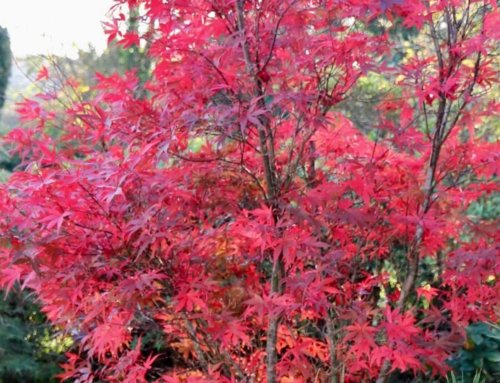
Oh !…how beautiful these camellia flowers are!
One of my Six is the forsythia too this weekend… but no colours here! It’s over.
That was really useful as I have a daphne odora that seems to be struggling in a shady spot and it sounds as though either an Osmanthus or Viburnum burkwoodii would be a good replacement if it does need to come up.
Wow that is a huge Berberis. I had no idea they could grow so big. The one I have here is squashed in between other shrubs and must be very constrained by them.
I love the Chaenomeles japonica growing beneath your windows. To me, it makes me feel like a garden is very established.